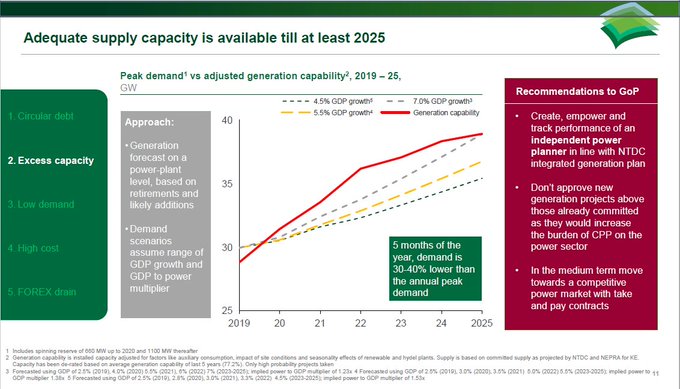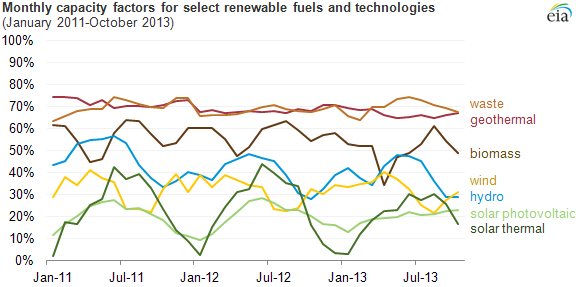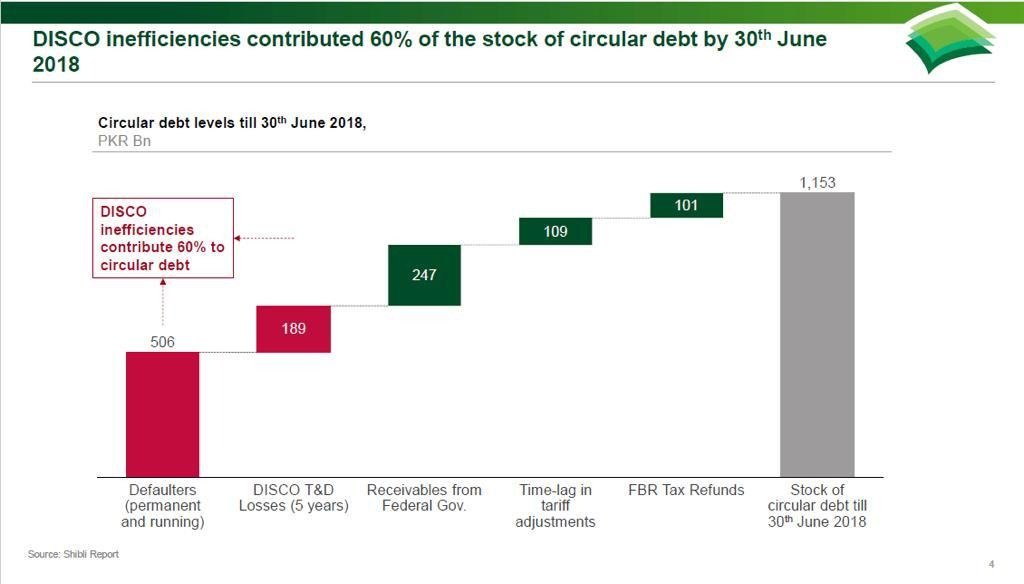1/n In order to understand Pakistan’s Energy issue we need to understand the concept of capacity factor, CF. Capacity factor is the amount of actual energy produced by a power plant divided by the amount it can produce.
2/n This means a LPG power plant with a capacity of 100MW, working 24 hrs a day all year long, will on average produce 100MW. The problem is no power plant is able to do that, it needs to be stopped for maintenance and it’s efficiency will also drop over time.
3/n So the total energy produced by an LPG plant might only be equal to 80% of the energy it would have produced in ideal lab based i.e. no maintenance with stable efficiency. So capacity factor is a good method of determining how a power plant will behave all year round.
4/n CF should not be confused by plant efficiency, it is directly related to the rating of a power plant. Now when we talk about renewable sector, a solar power station would have a maximum capacity factor of 29-30%. This is because the sun only shines around 8 hrs a day.
5/n So if we have a 100MW solar power plant we only produce, on average 30MW of power all year round. For hydropower, due to there being less water in winters, a capacity factor of around 45% is achieved.
6/n Although the government has an installed capacity of 36000MW, with industrial captive capacity of 5000MW, due to the capacity factor the available capacity is much lower, around 28000MW which is roughly the maximum amount of energy the country needs in 2020. supply = demand
7/n Pakistan’s average energy demand before #COVIDー19 was around 22000MW which peaks to 28000MW in June. With the #COVIDー19 the demand has gone down which might have an impact on our capacity charges that are highlighted in the energy reports released in the last 4 years.
8/n The problems highlighted by @ajpirzada are related to structural inefficiencies. This includes the contracts GOP have signed, which take into consideration not only the 17.5% return on $ on capital investment, they in some cases guarantee 66% energy purchase to the IPPs
9/n Another problem is project management, project delays tend to accumulate debt on the project such that it never becomes profitable during its lifetime. On small distribution projects the direct loss for a year& #39;s delay is around 48crore Rps. Average delay is around 3-5 years!
n/n The third major factor is not-technical inefficiencies but administrative inefficiencies, i.e. defaults, which are clearly seen in the circular debt piling up in the Discos highlighted in the @EngroCorp report. Hope this gives some technical insights as to what the issue is.

 Read on Twitter
Read on Twitter




